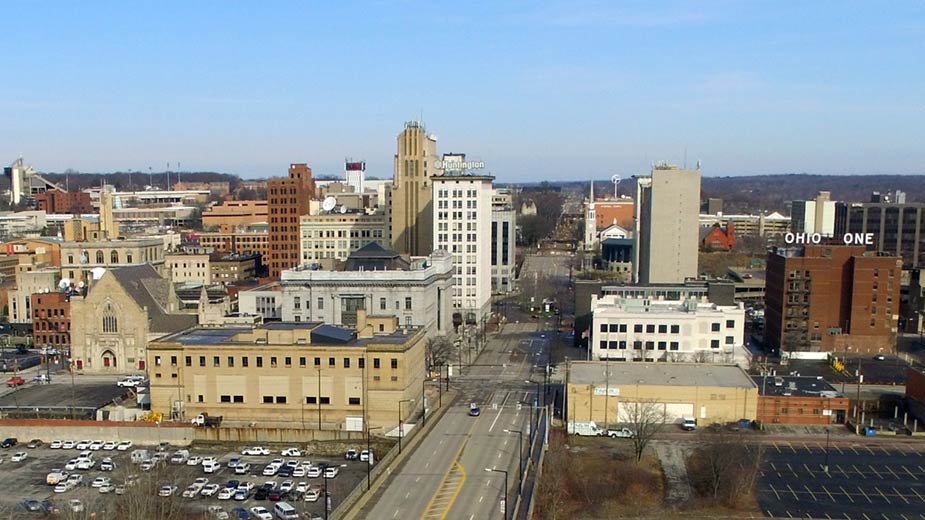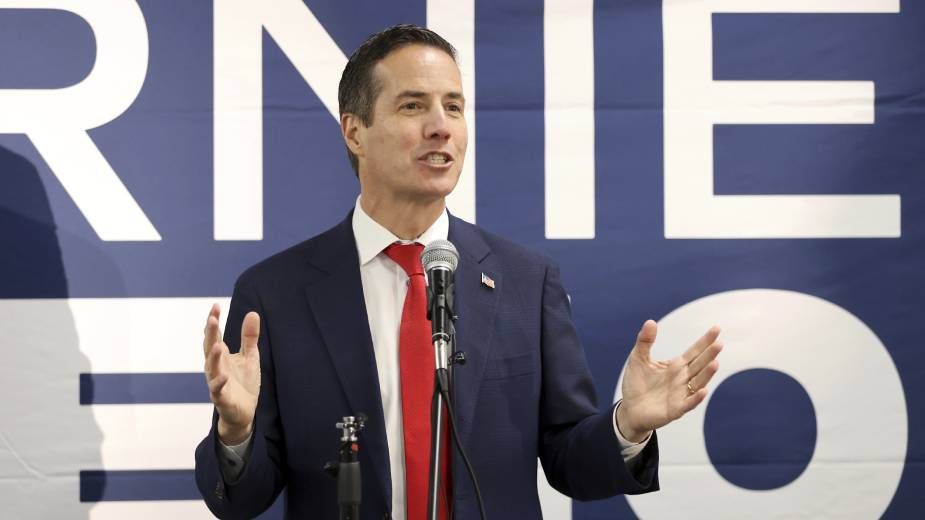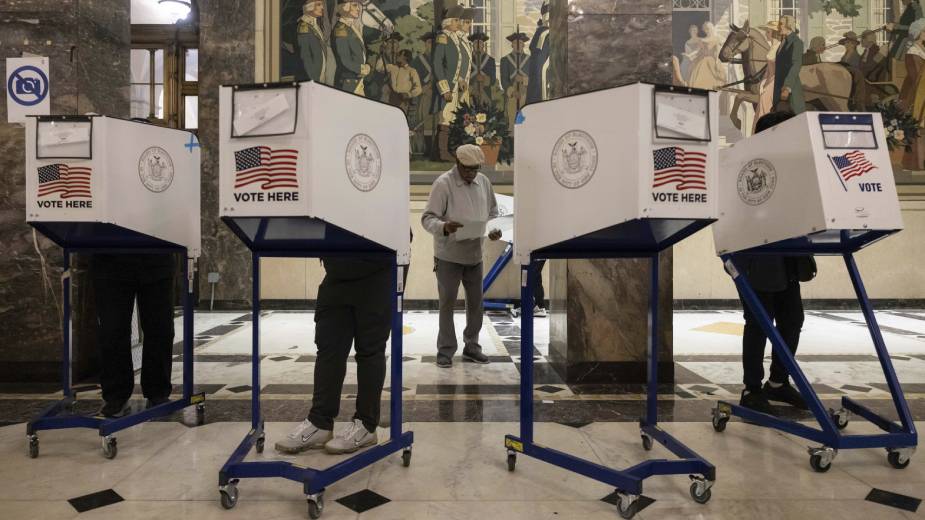Print Edition Editorial: Are the Dots Connected?
YOUNGSTOWN, Ohio — There must be statewide elections coming up. It’s time to collect political scalps, and once again Youngstown finds itself a target.
This time, the investigation centers on the city’s use of grants from its water and wastewater funds to support development projects, particularly those granted the NYO Property Group, which has redeveloped several buildings downtown.
On March 16, state and local law enforcement, including agents from the Ohio attorney general and auditor’s offices, staged raids on NYO’s offices and the house of developer Dominic Marchionda, seizing records related to his company’s agreements with the city.
According to John F. McCaffrey, an attorney Marchionda retained to help with subpoenas the auditor issued in January, the company was preparing documents to comply when the raids took place.
We find ourselves troubled by the fact that those who conducted the raids would not provide copies of the search warrants, which remain under seal. And we are troubled as well by the staging of the raids less than two weeks after Marchionda hired McCaffrey, who earlier represented the Cafaro family in the Oakhill Renaissance Center corruption case.
The Mahoning Valley’s history of political corruption makes Youngstown an easy target – perhaps deservedly so – for office-seekers looking to make headlines statewide. Ohio Attorney General Mike DeWine is running for governor next year. Auditor David Yost, who first sought documents last year related to NYO’s use of water and wastewater grants and later withdrew this subpoena, is running for DeWine’s post.
It is entirely appropriate to investigate whether city water and wastewater grants have been expended for their intended purposes and not other aspects of development projects. And we are troubled by the 2009 transaction that involves a fire station on the North Side. The deal involved selling Marchionda the property for $1 million. Marchionda concurrently received $1.2 million in grants. The fire station initially was declared surplus property, for sale at just $10. The price jumped to $1 million and today the city is leasing it back for $10 a year.
For those who question the city’s practice of using water and wastewater grants to subsidize economic development projects, we again assert that this wouldn’t be an issue had Youngstown, when it extended waterlines decades ago to support development in adjacent townships, required annexation to the city. Much of downtown’s renaissance likely would not have come about without the city’s support, leaving empty hulks of buildings in the heart of the Mahoning Valley.
Regardless of the outcome of the Marchionda-NYO investigation, Youngstown should continue to leverage its water and wastewater funds. And we’re pleased that Marchionda remains committed to the Stambaugh building hotel project, which, should it be halted, would be a gut punch to the city.
Editor’s Note: This editorial was published in the MidApril edition of The Business Journal.
Copyright 2024 The Business Journal, Youngstown, Ohio.



